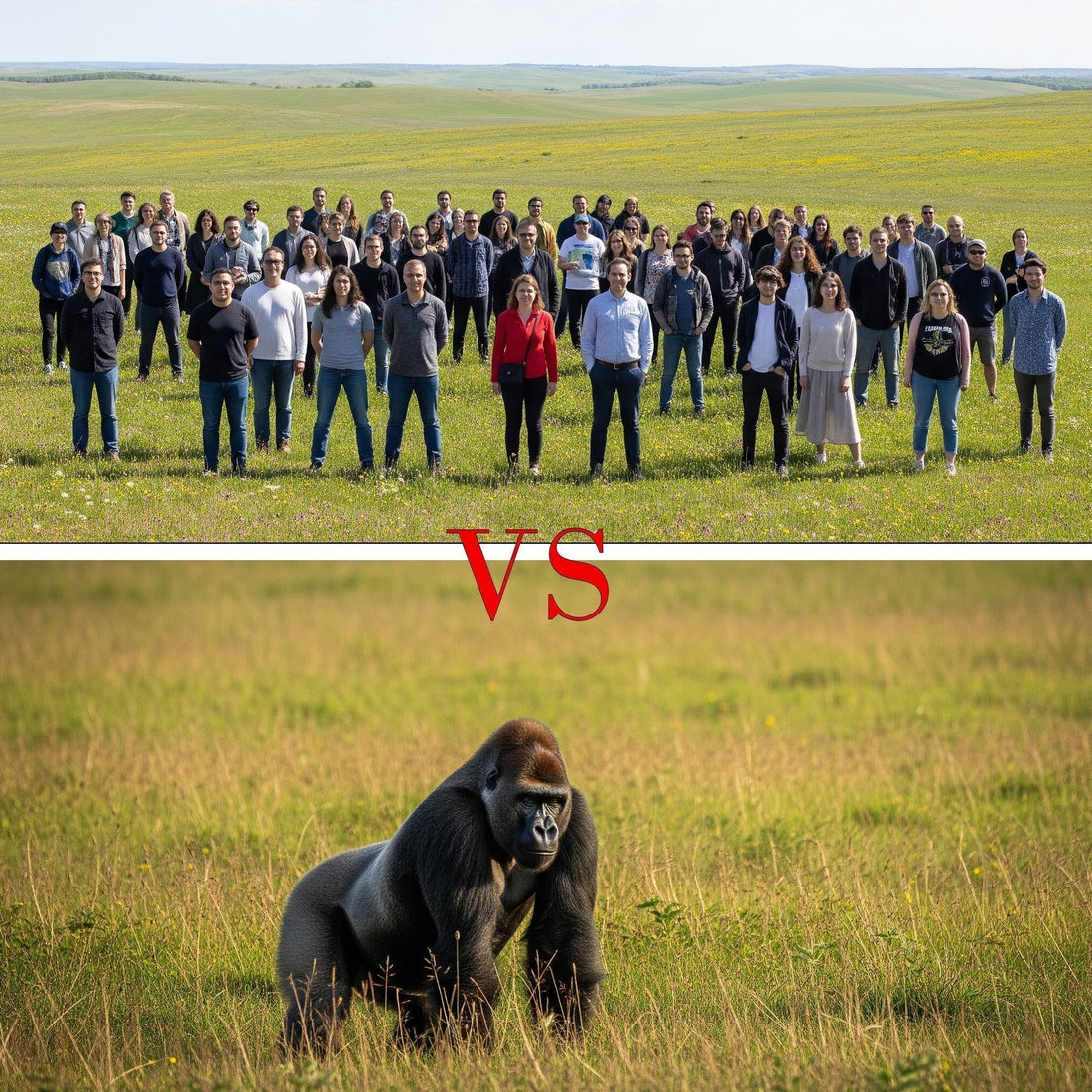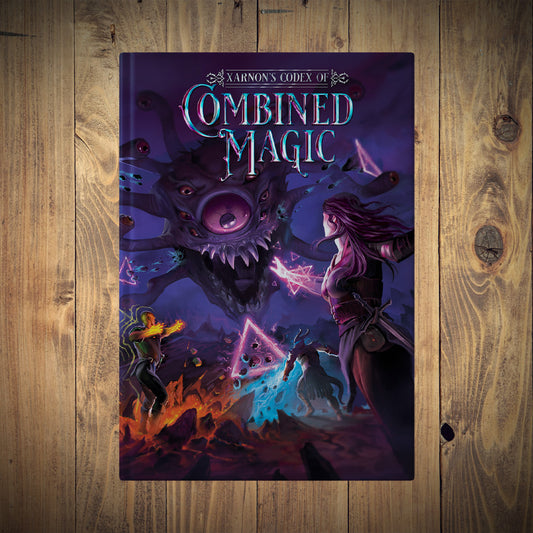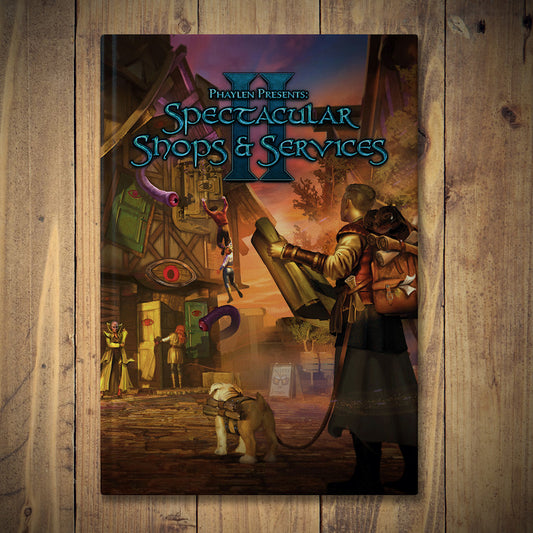
Who will win? A gorilla vs. one hundred unarmed people
Share
Who would win in a fight, one gorilla or one hundred unarmed people? The question has been floating around the internet, being debated in all different forms. Obviously, we can't get 100 people to go and fight a fully grown silverback gorilla for a number of ethical reasons. But how can we get an answer and end this debate? Dungeons and Dragons, of course. Dungeons and Dragons, or D&D, has a fully fleshed-out combat system that we can use to answer this question. The game has been around for over 50 years and is currently in its 5th edition, which was just recently updated. It probably has everything we need to figure out who will win in this scenario.
The Combatants
Commoners - regular people
To start, the regular people in D&D are Commoners (Page 77) from the Monster Manual. This stat block is used for normal people who haven’t been trained for combat, people like bakers, farmers, innkeepers, and people who write D&D blogs. The Commoner stat block gives our normal person an Armor Class (AC) of 10 and 4 Hit Points. This tells us how hard they are to hit and how tough they are. The stat block says they are armed with a club, but this challenge is unarmed. By checking the unarmed fighting rules from The Player's Handbook, fighting with their fists, they can do 1 attack a round and would do 1 point of damage plus their strength modifier of 0… so 1. They have an attack bonus of +2, which gets added to the attack roll for each of our people.
 https://www.dndbeyond.com/monsters/5194951-commoner
https://www.dndbeyond.com/monsters/5194951-commoner
The Gorilla - D&D Ape
Now, the latest Monster Manual doesn’t have a Gorilla listed in it. There is an Ape, so let's start there. The Ape stat block (page 348) from the Monster Manual is strong, has an AC of 12 and 19 HP, it can do 2 attacks per round, with an attack bonus of +2, each attack does 1D4+5 points of damage. That is a minimum of 6 points of damage.
1v1, this Ape will win the fight no problem. Twice the number of attacks, that do much more damage, this wouldn't be any kind of competition. But it's not, this is 1 versus 100.
 https://www.dndbeyond.com/monsters/4775801-ape
https://www.dndbeyond.com/monsters/4775801-ape
The fight (part 1)
If we start combat in very basic terms, when the ape hits, it would kill our commoner with that strike, and since it has 2 attacks per round, it could take out up to two people per round. With only 19 hp, it becomes clear it wouldn’t last very long in a fight with 100 people. The people could swarm the gorilla, and 8 of them could attack each round. If you consider that a hit would be 1 point of damage, technically, this ape could be defeated with 19 punches, kicks, etc. Our people are going to generate about 4 points of damage a round to the Ape, which means the regular humans are going to win in about 5 rounds. Whereas our ape, even if it never misses (and it will), will only defeat 10 of our people in that time, leaving 90 people to continue the battle. Case closed, right?

Not yet, I think we need to consider a couple more things. It probably makes more sense to treat the people like a swarm. So let’s convert them into a swarm using the rules that we have. We should also consider morale; once our normal people start to see their comrades dying, they might lose the will to fight. This could cause some or all of the humans to potentially run away.
Does Dungeons and Dragons have rules for morale and swarms?
Yes and no.
How does morale work in D&D?
The rules for morale are pretty simple. The Dungeon Master's Guide 2025 (page 48) has them listed under fight or flight, and the 2014 rules are here (https://www.dndbeyond.com/sources/dnd/dmg-2014/dungeon-masters-workshop#Morale). They both basically say something similar:
“A creature might flee under any of the following circumstances:
- The creature is surprised.
- The creature is reduced to half its hit points or fewer for the first time in the battle.
- The creature has no way to harm the opposing side on its turn.”
In our scenario, we only need to consider the second point: if half of our humans are hurt or killed, the remaining will run from combat. There can be a DC 10 or higher wisdom saving throw, but for our scenario, we will keep it simple: if half the hit points are gone, the human swarm will flee.
Converting a Creature to a Swarm
The official D&D rules don’t currently have specific rules I can reference to convert our group of humans into a creature swarm, but they work basically like this: The group of creatures becomes 1 creature with certain attributes and a shared pool of hit points. So, for our regular human swarm, we want to ensure it does roughly the same amount of damage and has hit points reflecting 100 regular people.
Let’s convert our regular humans into an unarmed human swarm using the following steps. There are a few different ideas for this online, but in general, they all do the same basic steps.
Steps to Convert a D&D Monster into a Swarm
- Increase the size
- Increase the HD (hit points)
- Adjust strength, damage, and attacks
- Add the swarm attributes
Increase the size
Most guides suggest increasing the size category by 2 (tiny would become medium, small would be large, medium is now huge, etc.). I agree with this, so our medium humans would be a swarm that is huge. This checks out if you consider how much space 100 humans would take up.
Increase the HD
I found several different suggestions here, from doubling the HD of your starting creature and adding 5 hit dice to multiplying it by the number of creatures to calculating the creature’s CR and referencing a table. Doubling HD and adding 5 HD would give our swarm 7D8 HD, roughly 36 hit points.
Adjust strength, damage, and attacks
Add 6 to the strength. I think this makes sense considering that we have a group working together; their collective actions and mass would result in a relatively higher strength. This will impact attack bonuses and damage, adding +3 to both. In addition, we also get to add 2d6 to the damage of the creature. And since our swarm is now large or bigger, we can add a multiattack action, giving it 1 extra attack. The last thing is that the swarm's reach is reduced by 5, so they need to come in and overwhelm their opponents.
Add the swarm attributes
Swarms get immunity to charm, frightened, grapple, paralyze, petrify, prone, restrained, and stun conditions. Swarms can also pass through an opening that the base creature can pass through. Lastly, it can occupy the same space as another creature.
_________________________________________________________
100 Unarmed Human Swarm
- AC 10
- Initiative 0
- HP 7D8 (36)
- Speed 30
Str 16 (+3) Dex 10 (0) Con 10 (0) Int 10 (0) Wis 10 (0) Cha 10 (0)
Resistances. Bludgoning, Piecing, Slashing
Immunities. Charmed, Frightened, Grappled, Paralyzed, Petrified, Prone, Restrainted, Stunned
_________________________________________________________
Actions Multiattack: The human swarm makes 2 Fist and Kick attacks.
Fist and Kick. Melee attack roll +5, reach 0, Hit 10 (2d6+4) bludgeoning.
Swarm. The swarm can occupy another creature's space and vice versa, and the swarm can move through any opening large enough for a medium human. The swarm can't regain Hit Points or gain Temporary Hit Points.
_________________________________________________________
An Unarmed Human Swarm is a intimidating group of ordinary people, their individual fears and instincts coalescing into a single-minded mob. This mass of bodies will rush forward with a mob's ferocity, their sheer numbers allowing them to engulf and batter even formidable foes. While individually untrained, their collective panic and resolve make them a surprisingly dangerous, albeit fragile, force
The unarmed human swarm charges into battle with surprising confidence, aiming to quickly overwhelm its foes through sheer numbers. Though comprised of ordinary, untrained individuals, their collective mass and ferocity are intimidating. They'll swiftly surround opponents, pulling them into the center of the swarm, relentlessly punching and kicking until their target falls.
However, this confidence is fragile: if the swarm loses a quarter of its hit points in the very first round or half its hit points during combat, it will attempt to disperse. The remaining humans scatter in all directions, making it nearly impossible to round them all up.
The Fight Part 2

AI generated image or humans fighting a gaint gorilla
Once we put that together, the fight becomes a closer match. While the human swarm has more hit points, it will flee combat if it is reduced to half. But the unarmed human swarm does have an advantage with a slightly higher attack bonus and will do more damage on average with each successful hit. Play this out, and the humans still win. I think we can’t debate this any longer. I say the winner of a fight between 100 unarmed normal humans and 1 gorilla is going to be the humans.
Or is it? One last thing to consider: the Ape stat block is not the stat block we would expect from a 300 - 450 lb (135 - 195kg) gorilla. Even the image on D&D Beyond looks more like a Chimpanzee rather than a Gorilla. Gorillas are large, powerful, intelligent creatures that can intimidate their foes. Perhaps in a future post, we can explore a gorilla stat block. For now, 100 humans win.




